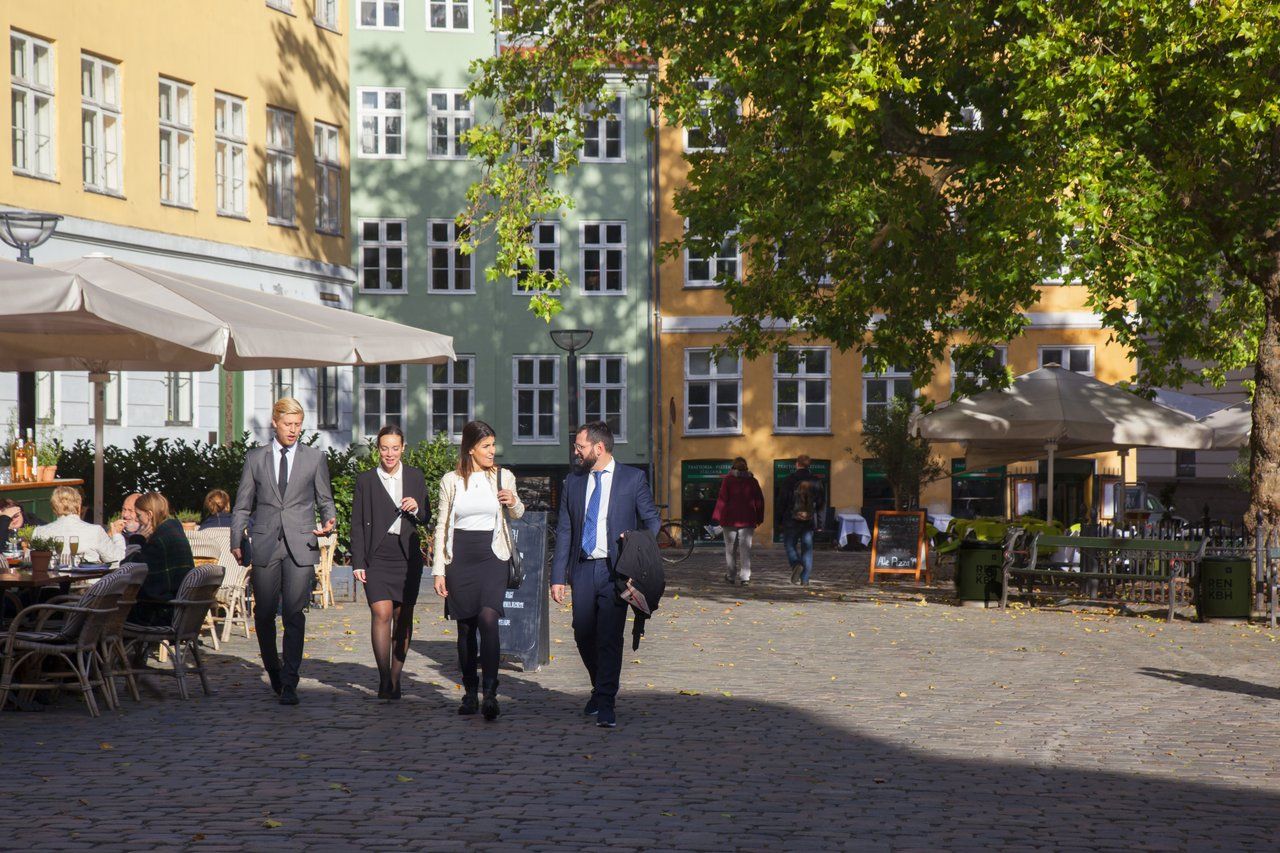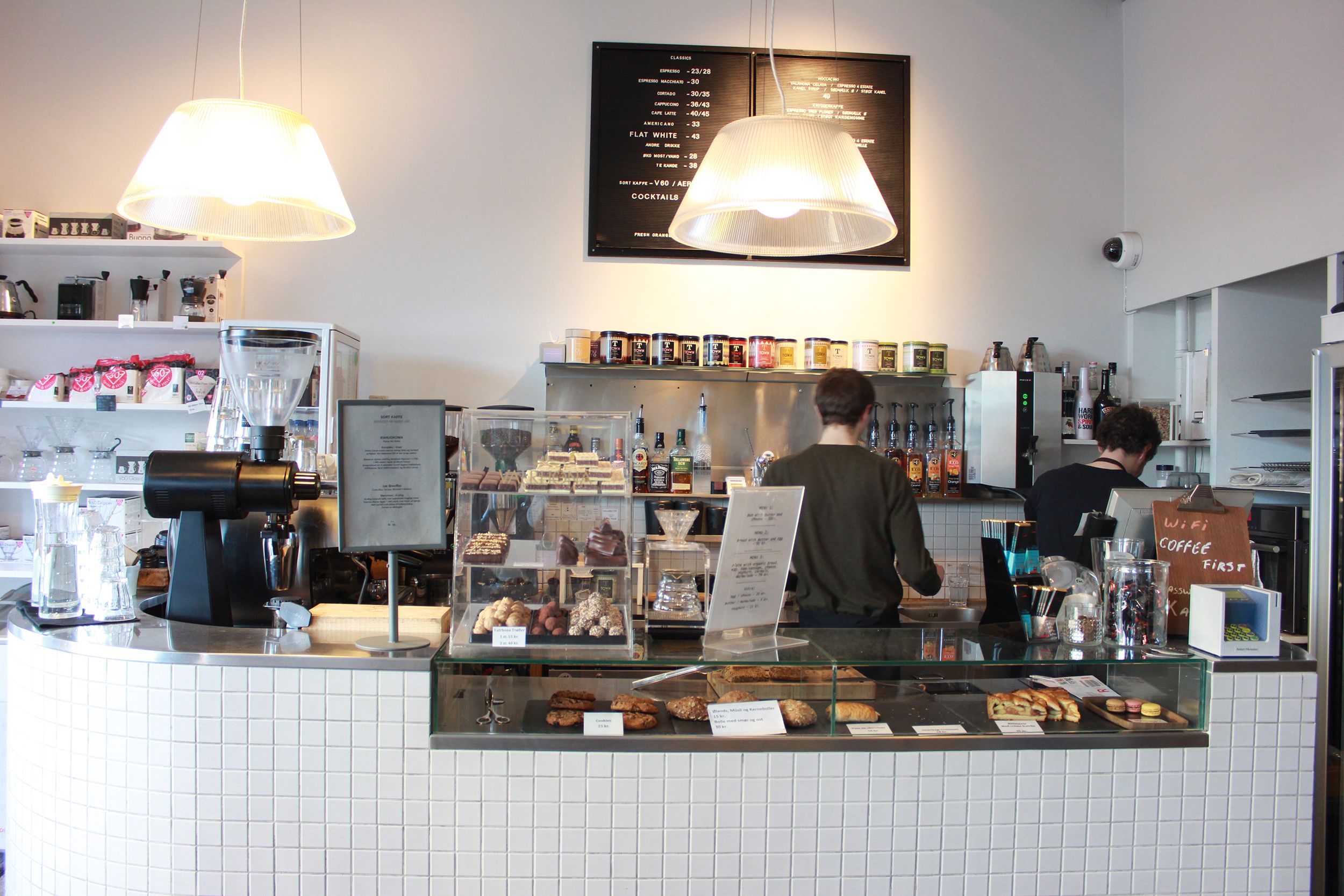Some 86,802 houses across Denmark resemble ghost residences.
The councils cannot keep up with tearing the ramshackle buildings down, as more than every tenth house in 13 municipalities is being abandoned.
According to Danmarks Statistik, some 3,621 buildings have been abandoned since 2010 in peripheral areas of Denmark such as Lolland, Frederikshavn and Morsø.
And an additional 2,451 houses were left empty in rural areas closer to bigger towns during the same period.
Rapidly deserted
Houses are being deserted so rapidly that municipalities are not able to pull the ramshackled buildings down in a timely manner.
The situation has gone so far that in 13 municipalities, every tenth building resembles a ghost residence.
"Although the empty houses can be in good shape, if people do not move in, they deteriorate quickly. It creates a hole in the housing market," pointed out the mayor of Lolland, Holger Schou Rasmussen, to DR.
Even though Lolland addresses the problem by tearing down up to 100 houses annually, the number of empty houses has nevertheless increased to 826 since 2010.
Shrinking rural population
According to Jens Fyhn Lykke Sørensen, a senior lecturer at the centre for rural research at SDU, the cause behind the many ghost buildings lies in the shrinking of the rural population.
Young people typically move to big cities to study and then they do not return.
When the rural population decreases, local schools and grocery stores close down.
Sørensen believes this vicious cycle, in turn, motivates the locals to move away.














